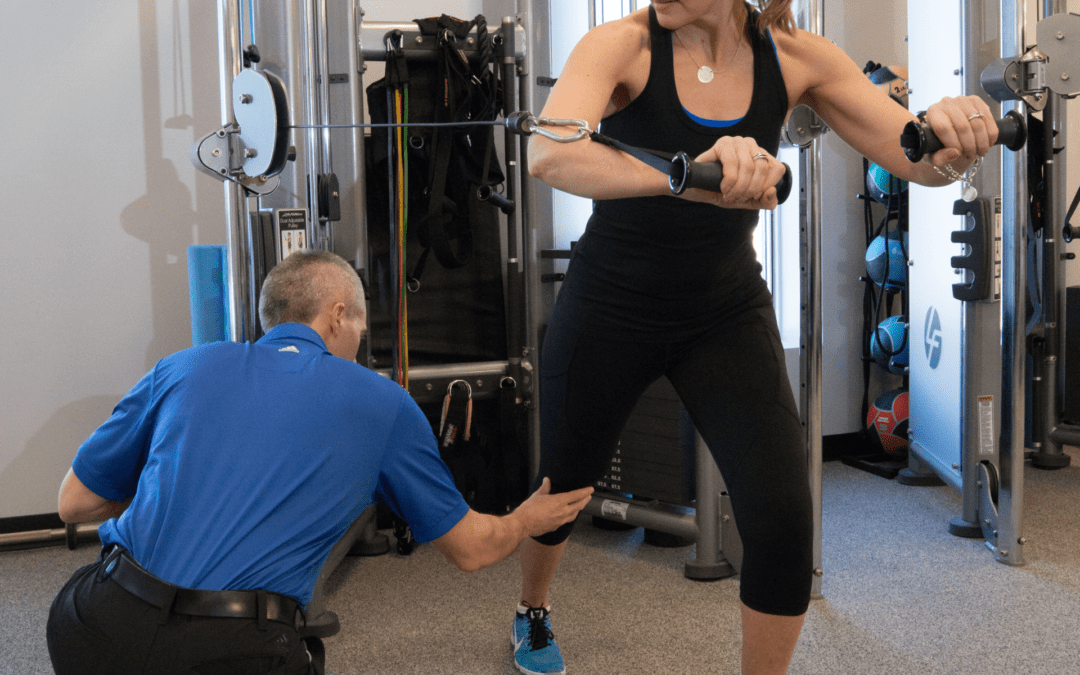You’re Not The Only Person Who Is in Pain; Get Help That’s Proven to Work!
The majority of people who consider a physiotherapy consultation do so because they have pain. Pain will affect the way you move. The way you move will affect your pain. It can be a vicious cycle.
To effectively deal with the causes of your pain, it is essential that a detailed musculoskeletal examination is performed. This will often include a patho-anatomical assessment, to determine the extent of any tissue damage that is causing the pain. If you recently sprained your knee or ankle, it may be easy to determine the cause and extent of the injury. But what if your pain has existed for a longer period of time (weeks or months)? In these cases, it will also be necessary to perform a functional evaluation of your movement.
The functional evaluation of your movement is an area that many physiotherapists have specialized training in. This is very important to perform in cases of long term low back pain, knee pain, shoulder pain, neck pain, etc. Why? Low back pain may be a result of be of stiffness or decreased mobility in your hip or in your upper back (thoracic spine). Chronic or long term knee pain is often related to weakness in some of the hip muscles. Unless these muscles are strengthened, the pain may continue. And if these connections between your pain and the root causes are missed, your treatment program may not achieve the results you need.
A question many people in pain ask is: “Should I see a physiotherapist, a chiropractor, a massage therapist, a physician, an osteopath, an athletic therapist?”
Regardless of who you see to seek a solution for your pain, it will be important that you understand what needs to be done. How severe is the tissue injury? Will you require surgery for a torn ligament or tendon? If the tissue injury is not severe, what needs to be done to help the area heal? Sometimes the tissue has healed, but pain persists. Do you need to improve your mobility which could involve addressing your flexibility and range of motion? Do you need to improve your stability or your strength?
The treatment you receive should be focused on addressing the key contributing factors of your pain. If the treatment you receive is for mobility (i.e., manipulation, mobilization, massage, etc.) – but you actually need to improve your stability and strength to correct the root cause of your pain, the problem will probably be persistent or recurrent. In many cases of chronic pain, the brain and central nervous system needs to be addressed with therapeutic neuroscience education and graded motor imagery.
Choose a health care provider who can properly assess the extent of the pain, tissue damage, your mobility, stability, motor control, and strength. A thorough and detailed assessment will allow them to design an appropriate treatment plan to help you overcome the root cause of your pain. The longer the problem exists, the more complicated it often becomes. If you aren’t satisfied with previous answers or treatment, keep looking for another opinion.

